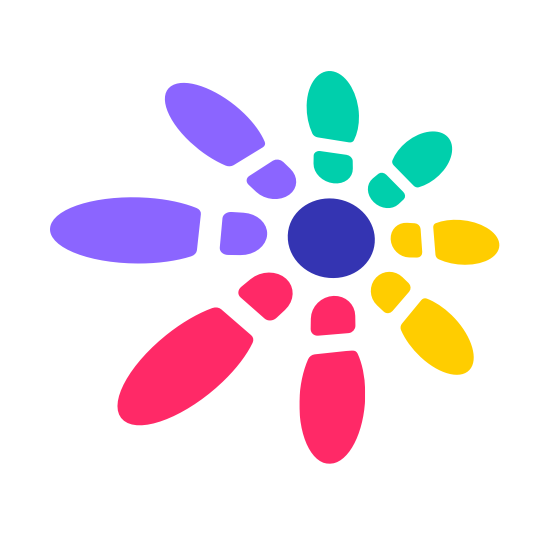Sequoia and other institutions have increased their holdings, can Polygon once again take the lead in many public chain competitions?
Written by: Lesley
Written by: Lesley
Polygon’s token, MATIC, has recovered 35% since the Dec. 4 crash, nearing its highest close in seven months.
It can be seen from the TVL of the following public chains that Ethereum is still the mainstream at present, and other chains are still developing continuously with huge potential.
Footprint Analytics: TVL of each chain
secondary title
low throughput
low throughput
No sovereignty (shared throughput, risk of congestion, tech stack not customizable, governance dependent)
Polygon provides a general framework for building and connecting Ethereum-compatible blockchain networks. Its purpose is to transform Ethereum into a multi-chain ecosystem with secure chains (aka layer 2 solutions) and independent chains.
Matic eventually changed its name to "Polygon" as the scope of the project expanded from a layer-2 scaling solution on the Ethereum chain to a "network of networks".
secondary title
Polygon's ambitious design architecture has a number of significant advantages, making it one of the most attractive Ethereum scaling platforms out there. According to Footprint Analytics, the current TVL on Polygon is more than $5.1 billion, and the transaction volume is about $4.2 billion.
Polygon has the following advantages in solving the Ethereum solution:
scalability
Polygon has a dedicated Wasm execution environment, a custom blockchain, and a scalable consensus algorithm. Therefore, faster transaction speed and lower Gas Fee are beneficial to both developers and participants.
Ethereum compatible
Ethereum has mature technology stacks, tools, languages, standards, and corporate approval. Polygon and Ethereum are interoperable and can easily exchange arbitrary data.
modular design
modular design
Developers can build preset blockchain networks through Polygon and customize properties according to their needs. With the participation of the community, these can be further customized with more and more modules, making it powerful in customizability, scalability, upgradeability and fast launch.
Interoperability
Before Polygon confirms the transaction on Ethereum, it must first process the transaction outside the chain. The technology used in this is called Plasma. Polygon aims to be a common framework for developing interoperable blockchains. It supports multiple data transfers (tokens, contract calls, etc.), enabling on-chain data to be connected to external systems.
user experience
Polygon does not require protocol knowledge, token commitments, or any approvals. Its modular design also makes it easy to create custom solutions or add new features, with low transaction fees and fast transaction speeds
secondary title
Expansion of the ecosystem
Polygon has already seen project launches on the OpenBiSea NFT marketplace as well as gaming/DeFi platforms like Rainmaker Games, Harvest Finance, and Jarvis network.
Since the beginning of this year, the Polygon network has added new protocols, including various blue-chip DeFi projects from Ethereum, as well as project migrations including other public chains.
Currently, the Uniswap community is voting on whether to add Polygon support to Uniswap v3. In the first stage of voting on November 25, most people agreed, and the process has moved to the second stage.
Footprint Analytics: TVL of each protocol on the Polygon chain



